Courtesy of reader Robert, we have a couple documents for you today. First up is a British 1918 manual on identifying different types of ammunition by projectile, case, and packaging markings. Given the variety of artillery in Commonwealth use by that time, I’m sure this manual was a welcome source of information for new ordnance officers – and it makes an excellent reference for us today as well:
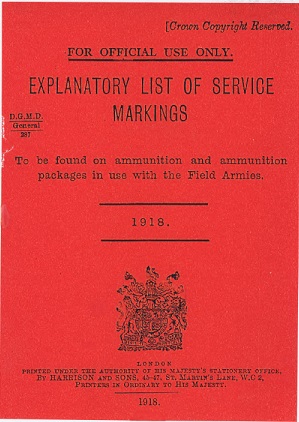
Second, we have a 200+ page report on military ammunition published in French in 1899. It covers the different international types of ammunition for both artillery and small arms, and includes a fair bit of early ballistic testing. For example, did you know that a 6mm Lee Navy will perforate 2 and sometimes 3 cadavers at 4,750 meters? (I find it equally impressive that they managed to hit a target that size at that distance). Obviously it is more useful if you can read French, but even a non-reader will find interesting things in its pages.
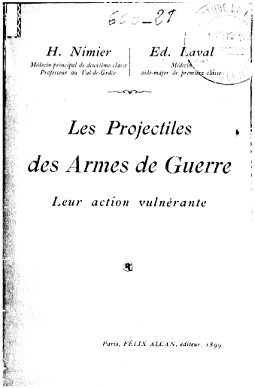

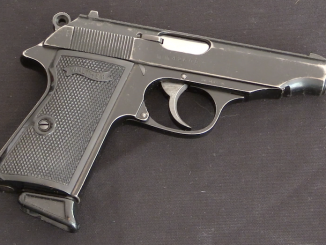
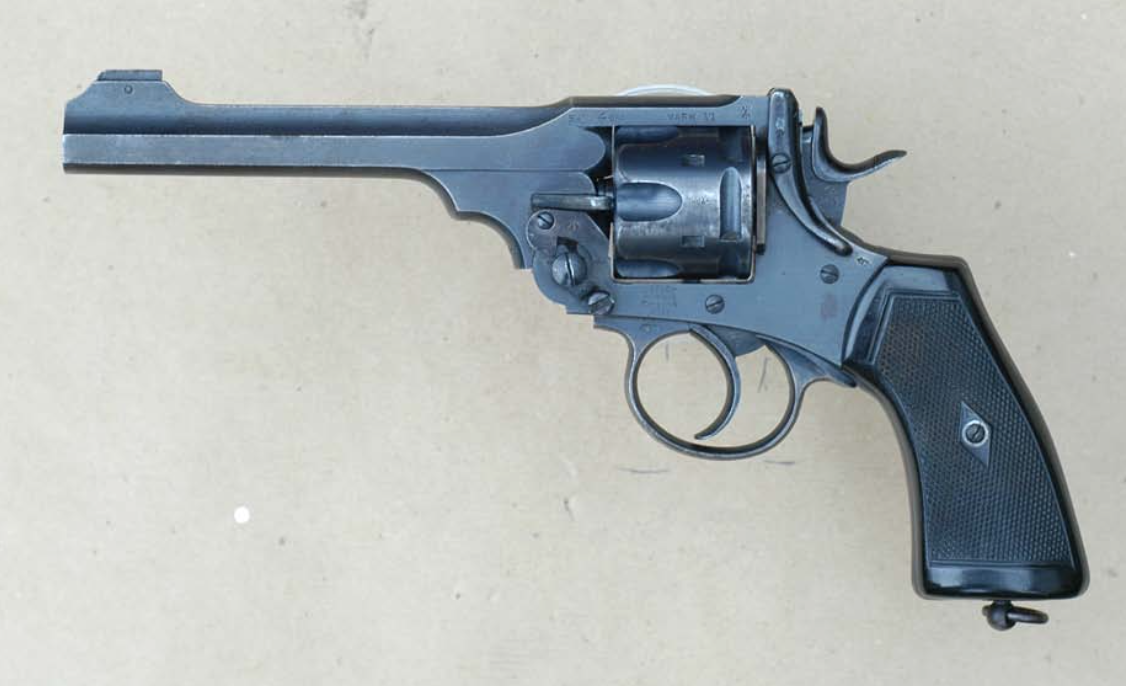
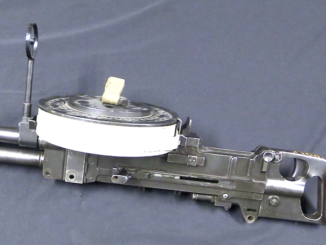
I suddenly have this bizzare image of some poor Frenchman firing round after round trying to hit a pile of corpses he can barely see (what were turn of the 20th century optics like?). And that’s not counting the possible build up to that point, plus testing other ammunition…
One wonders if they instead simply downloaded the ammunition to simulate the velocity at that range, or extrapolated the projected results from observed results at other ranges.
I find that result quite remarkable. Surely at almost 5 kilometres the 6mm would be almost spent, yet it is still capable of penetrating two bodies? Sacre bleu! Can that really be right?
Assuming a typical under-.30 cal. bullet profile of the era (round-nosed or spire-point with a 4:1 length/beam ratio and a high sectional density), yes.
Such a bullet would be fired at an angle above 30 to 35 degrees, closer to 40-42 degrees, to achieve such a range. Like any long, streamlined projectile, it would lose velocity due to gravity and air resistance going up, but regain velocity due to gravity acceleration coming back down. (Due to angle, about 32 f/s E2 x .65, at a guess; I’d need a calculator and my acceleration tables to figure it to the tenth.) (See; V-2 Upper Atmosphere Program, White Sands Missile Range, 1946-51, or just read 200 Miles Up by J. Gordon Vaeth.)
So, assuming a typical MV of about 2400 FPS for the era, when it arrived back at ground level, it would be coming down at about the same angle as departure (35 to 42 degrees above the horizontal), and probably moving at somewhere around 1400 FPS. (Losing about 200F/S to air resistance.)
Keep in mind said blue whistler would still be spinning due to the rifling, so it would be traveling more-or-less “nose-first”, albeit with some wobble. Although one reason the 6mm to 6.5mm bullets were noted for their long-range accuracy was their tendency to wobble a bit initially after “launch”, and then “go to sleep”, settling down into almost purely concentric long-axis rotation until arriving at the intended “addressee”.
At 4800m and change, touchdown would probably be about 8 seconds after the trigger was squeezed. Your chances of hitting a point target would be about…zero.
But whatever you did hit would notice, believe me.
You can see why, during WW1, long-range “area denial fire” from batteries of water-cooled heavy machine guns was a pretty certain means of keeping anybody from moving through the impact area until the gunners ran out of water, spare barrels, and ammo.
Not to mention sounding like the nastiest hailstorm you ever imagined on the receiving end.
cheers
eon
Does the document state the rifle was actually fired at an angle, as opposed to horizontally?
They always used the same load and elevatet for range. Thatisfairly easy to calkulate
The two authors of the french book were military doctors (as put in the front cover), so yes I can see them and their helpers (sharpshooters from some elite unit ?) using corpses with the different guns and maybee using foreign data for some weapons.
“Obviously it is more useful if you can read French”
tres interessant! merci 🙂
The Schwarzlose is awesome!
If you know Russian the Альбом конструкций патронов стрелкового и крупнокалиберного автоматического оружия (от 6,5 до 37 мм) from 1946 is a interesting source considering WW2 and earlier ammunition. Despite it is Russian book it also has many information about cartridges used by other states, in fact only 36 from 191 pages describe Soviet ammo. Even if you don’t know Russian is a worthy source containing many drawings. You can easily find free scans in .pdf format.